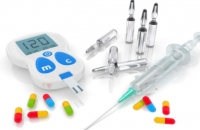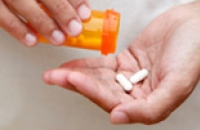The major goal in treating diabetes is to minimize any elevation of blood sugar (glucose) without causing abnormally low levels of blood sugar. Type 1 diabetes is treated with insulin, exercise, and a diabetic diet. Type 2 diabetes is treated first with weight reduction, a diabetic diet, and exercise. When these measures fail to control the elevated blood sugars, oral medications are used. If oral medications are still insufficient, treatment with insulin is considered.
Articles
One of the biggest challenges of living with multiple sclerosis is coping with the constantly changing state of the disease. It’s not unusual to encounter periods of severe symptoms followed by remissions. Knowing what to expect, how to manage relapses and cope with the overall progression of the disease goes a long way toward living the highest possible quality of life with MS.
Take the MS Assessment to track your progress and better understand the disease.
Migraine is a disorder characterized by repeated attacks of severe headache. A migraine headache causes throbbing or pulsating pain, usually on only one side of the head. These headaches are often associated with nausea, vomiting, and extreme sensitivity to light and sound; they generally last between four hours and three days. Migraine headaches, which are often misdiagnosed as sinus or tension headaches, are severe enough to interfere with sleep, work, and other everyday activities.



